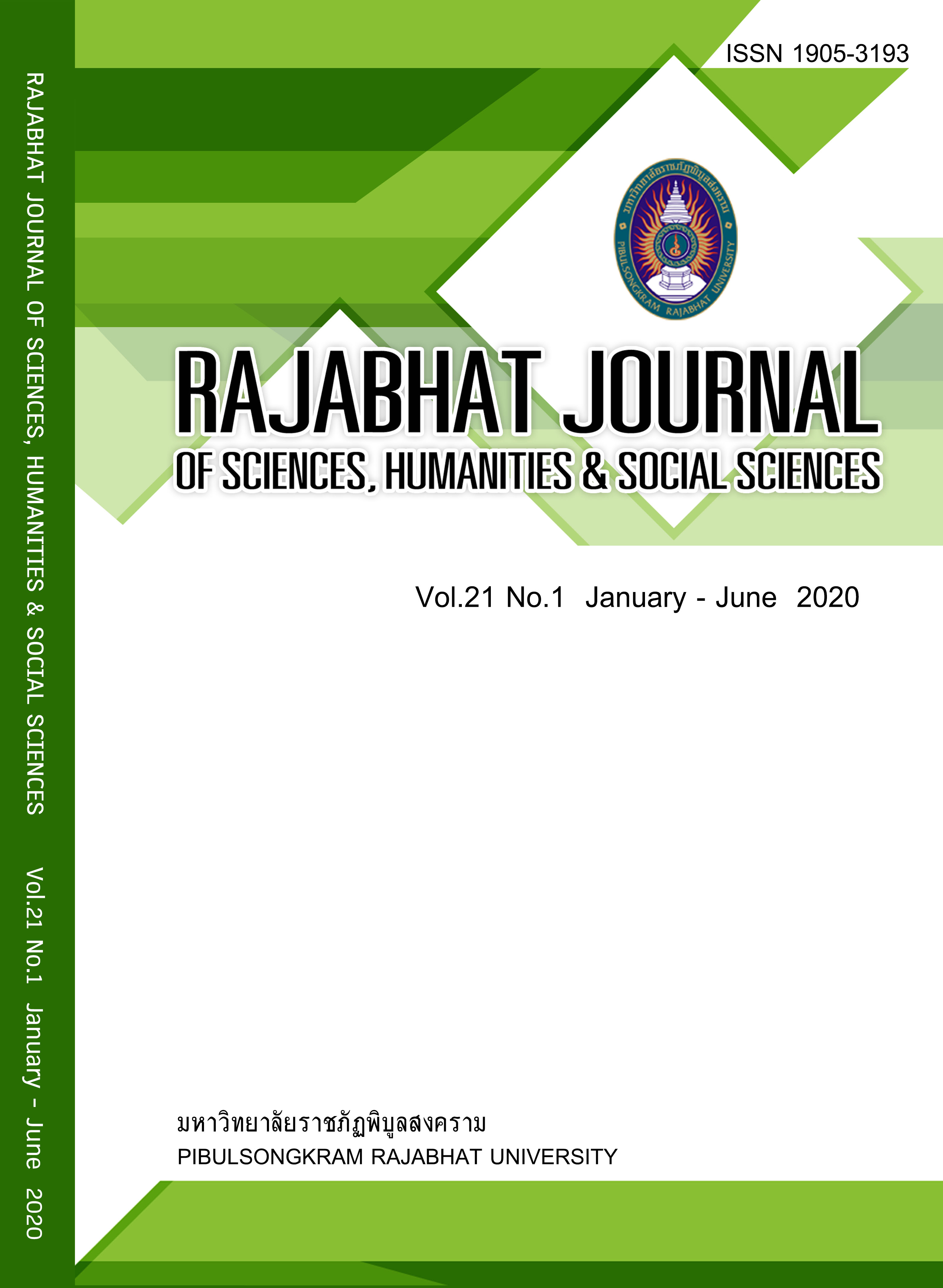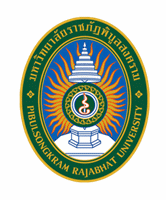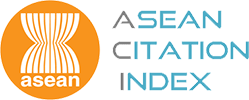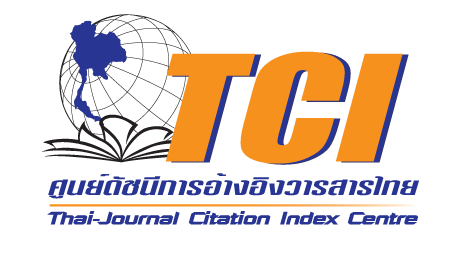ปริมาณการผลิตไผ่เพื่อการจำหน่ายต่อความต้องการไผ่ ของกลุ่มแปรรูปผลิตภัณฑ์ไผ่ OTOP จังหวัดปราจีนบุรี
คำสำคัญ:
ไผ่, ปริมาณการผลิต, ความต้องการ, ผลิตภัณฑ์บทคัดย่อ
จากปัญหาการขาดดุลการค้าเนื่องจากการนำเข้าไผ่เพื่อใช้ในประเทศ จึงได้ศึกษาเปรียบเทียบปริมาณการปลูกไผ่กับความต้องการไผ่ของกลุ่มแปรรูปผลิตภัณฑ์ไผ่ OTOP ในจังหวัดปราจีนบุรี ซึ่งเป็นจังหวัดที่ปลูกไผ่เป็นอันดับต้น ๆ ของประเทศ จากการสำรวจด้วยแบบสอบถามเกษตรกร 44 ครัวเรือนในอำเภอเมือง ประจันทคาม และนาดี พบปลูกไผ่ 7 ชนิด 4 สกุล ได้แก่ ไผ่ตง (Dendrocalamus asper (J.H.Schultes) Backer ex K.Heyne) 64.10% ไผ่เขียว (Bambusa vulgaris Schrader ex Wendland) 20.51% ซึ่งปลูกเพื่อขายหน่อ ไผ่เลี้ยง (×Thyrsocalamus liang Sungkaew & W. L. Goh) 10.26% ไผ่ลำมะลอก (Bambusa longispiculata Gamble ex Brandis) ไผ่สีสุก (Bambusa blumeana J.H.Schultes) ไผ่รวก (Thyrsostachys siamensis Gamble) และไผ่ป่า (Bambusa bambos (L.) Voss) คิดเป็น 5.13% สามารถผลิตลำไผ่ขายรวมทั้งสิ้นเฉลี่ย 43,636 ลำต่อปี ซึ่งส่งขายทั้งในและนอกจังหวัดปราจีนบุรี ส่วนไผ่ที่ใช้ในการทำผลิตภัณฑ์ภายในจังหวัดเพื่อแปรรูปผลิตภัณฑ์ และจากผลสำรวจความต้องการผู้ใช้ไผ่ของกลุ่มแปรรูปผลิตภัณฑ์ไผ่ OTOP 12 ราย พบว่ามีความต้องการใช้ลำไผ่เฉลี่ย 3,710 ลำต่อปี จากปริมาณการแปรรูปทั้งหมด ส่วนใหญ่ปลูกไผ่ใช้เอง แต่ยังพบปัญหาไม่เพียงพอโดยเฉพาะรายที่ไม่มีพื้นที่ปลูกเป็นของตนเอง และทุกรายพบปัญหาในฤดูฝนขาดวัตถุดิบเนื่องจากต้องเก็บหน่อเพื่อรอลำในรอบถัดไป 33.33% สั่งลำไผ่จากพ่อค้าคนกลางจากแหล่งปลูกภายนอกจังหวัด ส่งผลให้มีปัญหาปริมาณการผลิตไผ่เพื่อการจำหน่ายไม่เพียงพอภายในจังหวัด อีกทั้งยังมีความต้องการจากภายนอกจังหวัด จึงควรมีการเพิ่มผลผลิตไผ่เพื่อสนองความต้องการทั้งภายในและภายนอกจังหวัดเพื่อเพิ่มรายได้ให้กับเกษตรต่อไป
เอกสารอ้างอิง
Asia Pacific Forestry Community Training Center, 2014, Bamboo and Thai way of life: knowledge and local management, Asia Pacific Community Forestry Training Center, Bangkok, 154 p. (In Thai)
Chitchak c., Mokkhunthot S., Sinthutao C., et al., n.d., Study on Chemical Properties of Bamboo, Department of Forestry, Bangkok. 34 p. (In Thai)
Chiwapreecha B., Kongpakdee C. and Chanprasert K., 2014, Research on Diversity, Characteristics and Some Properties Aspects of bamboo in Sa Kaeo and Prachinburi provinces, Burapha University, 61 p. (In Thai)
Phuangchik P., 2015, Activated carbon from bamboo: High market on demand? J.Science and Technology, 23 (6) (Special): 945-954. (In Thai)
Phuangchik T., 2013, Is Bamboo Amazing Plant ? J.Science and Technology, 21(2): 180-185. (In Thai)
Phuangchik T., 2014, Bamboo: Energy crops of the future? J.Science and Technology, 22 (1): 130-136. (In Thai)
Phuangchik T. and Harakote P., 2018, Survey, Collection and Characteristics of Natural Bamboo in Kanchanaburi, Thailand, J.Science and Technology, 7: 382-392. (In Thai)
Soiytongkum P., 2013, Sustainable Management of Bamboo, In Buajongkol P. (editor), Bamboo (page 4). Bangkok. (In Thai)
Suwajitantanon S, 2008, Bamboo Collection Garden, Available Source: https://www.ku.ac.th/e-magazine/dec51/agri/agri2.htm, August 8, 2019. (In Thai)
Visaratana T., Boonyuan S., Petmark P., et al., 1993, Dendrocalamus asper Backer. And Bambusa Nana Roxb. Planted In Agroforestry System, Thai J. For, 12 : 77-83.(In Thai)
ดาวน์โหลด
เผยแพร่แล้ว
รูปแบบการอ้างอิง
ฉบับ
ประเภทบทความ
สัญญาอนุญาต
Each article is copyrighted © by its author(s) and is published under license from the author(s).










